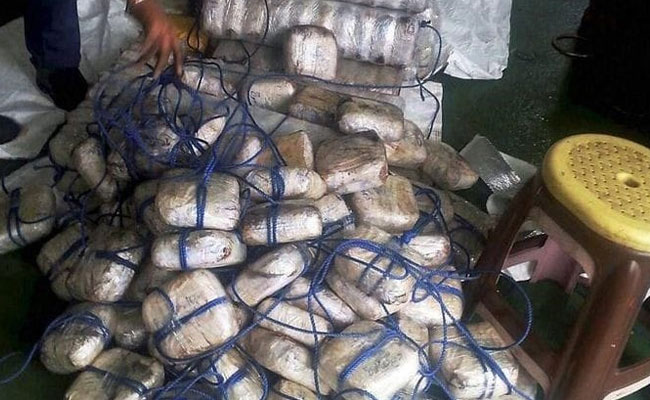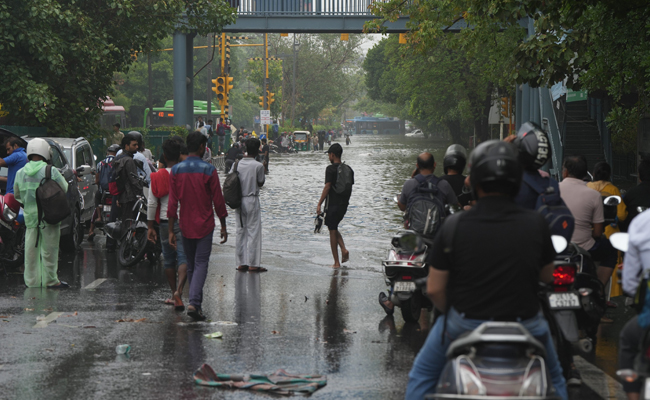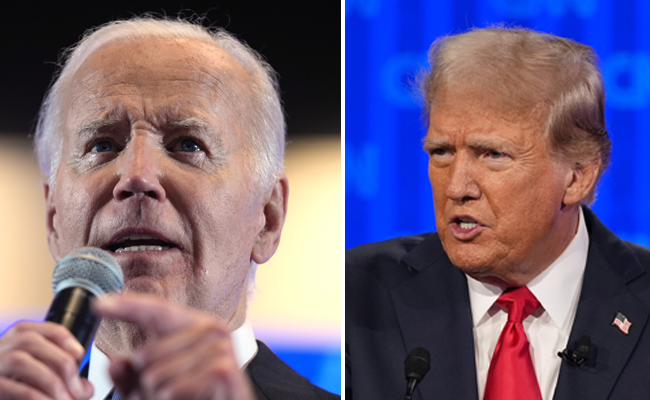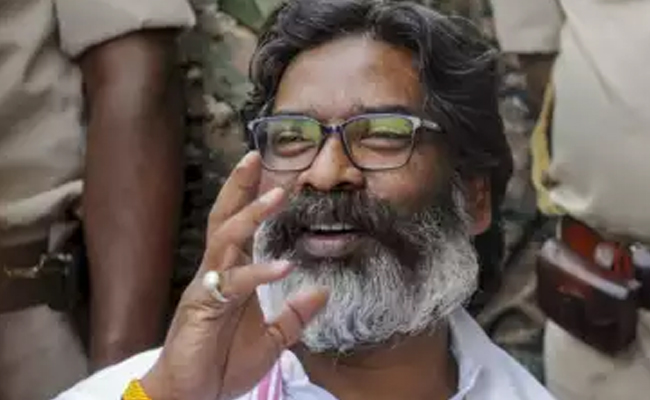According to a report by AIIMS, over half of the opioid abusers in India are from the states of Delhi, Maharashtra, Uttar Pradesh, Punjab, Haryana, Rajasthan and Andhra Pradesh.
But drug addiction is a complex issue and can vary greatly between regions and communities, says Defence and Aerospace analyst Girish Linganna
The menace of drug addiction is spreading fast among the youths of India. The World Drug Report, 2021, has specified that prescription drugs and their ingredients, or ‘precursors’, are increasingly finding their way into India, which is the world’s largest generic drugs manufacturer. A report, Magnitude of Substance Use in India, released by the All-India Institute of Medical Sciences (AIIMS) in 2019 says around 5 crore Indians are reported to have used opioids and cannabis during the period under survey in 2018.
India has signed 26 bilateral pacts, 15 memoranda of understanding and two agreements on security cooperation with different countries for combating illicit trafficking of narcotics, drugs and psychotropic substances, besides chemical precursors. The Narcotics Control Bureau (NCB) coordinated with various organizations worldwide and shared intelligence to combat cross-border drug-trafficking. To digitize of data on drug seizure across India, the Ministry of Home Affairs (MHA) launched an e-portal, called ‘SIMS’, in 2019 for all drug-related law-enforcement agencies under the umbrella of the Narcotic Drugs and Psychotropic Substances (NDPS) Act.
India is hemmed in by two of the world’s largest opium-producing regions—the Golden Triangle and the Golden Crescent. The first is a region at the confluence of the Ruak and Mekong rivers where the borders of Thailand, Laos and Myanmar meet. Along with Afghanistan in the Golden Crescent, it has been one of the largest opium-producing areas in the world since the 1950s. Until the early 21st Century, most of the world’s heroin was produced in the Golden Triangle, but Afghanistan took over this redoubtable position as the world’s largest opium producer.
The Golden Crescent is one of two major areas of illicit opium production in Asia. Located at the junction of Central, Western and South Asia, this region sprawls across mountainous topographies of Afghanistan and Pakistan, and extends further into eastern Iran. According to a United Nations Office on Drugs and Crime (UNODC) report, both the Golden Triangle and Golden Crescent regions recorded expansion in cultivation of illicit crops. Poppy cultivation area in Myanmar increased by 33%, while Afghanistan recorded a 32% hike from that in 2022.
An AIIMS survey report says more than half of the opioid abusers in India are from Delhi, Uttar Pradesh, Maharashtra, Punjab, Haryana, Rajasthan and Andhra Pradesh. However, it is important to note that drug addiction is a complex issue and can vary greatly between regions and communities. According to a government report based on surveys, 67% of rural households in Punjab have one drug or alcohol addict, while 70% of young men are addicted to drugs or alcohol. The problem is widespread and has been a major issue in the state for years. In many cases, an element of terror funding or NARCO terrorism is involved and the NIA comes into the picture.
Two of the Punjab government’s flagship initiatives to combat drug abuse in the state are the Buddy and Drug Abuse Prevention Officers (DAPOs) programmes. The Buddy programme is meant to identify susceptible adolescents and prevent them from falling into the drug trap. Buddy groups have been formed in educational institutions, both government and private. The role of a buddy is to identify signs of drug or intoxicant use, regularly discuss positive activities, assist in co-curricular activities and discuss harmful effects of drugs from time to time.
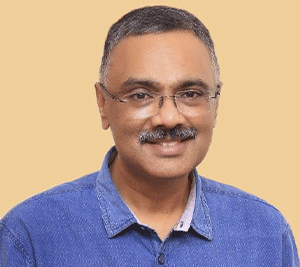
Girish Linganna
Aerospace & Defence Analyst
Let the Truth be known. If you read VB and like VB, please be a VB Supporter and Help us deliver the Truth to one and all.
New Delhi (PTI): The Delhi government will hold an emergency meeting on Friday afternoon to take stock of the situation in the city after heavy rains left the national capital waterlogged and brought traffic to a standstill in many areas.
All Cabinet ministers and top officials will attend the meeting that will be held at the Secretariat at 2 pm, officials said.
Heavy rains hit normal life in Delhi.
A portion of the roof of the Delhi airport's Terminal-1 collapsed due to the rain, leaving one person dead and six injured.
The Safdarjung weather station recorded 153.7 mm of rainfall, which began around 3 am.
Delhiites shared on social media videos and photos of submerged vehicles on waterlogged roads and of long traffic jams.

